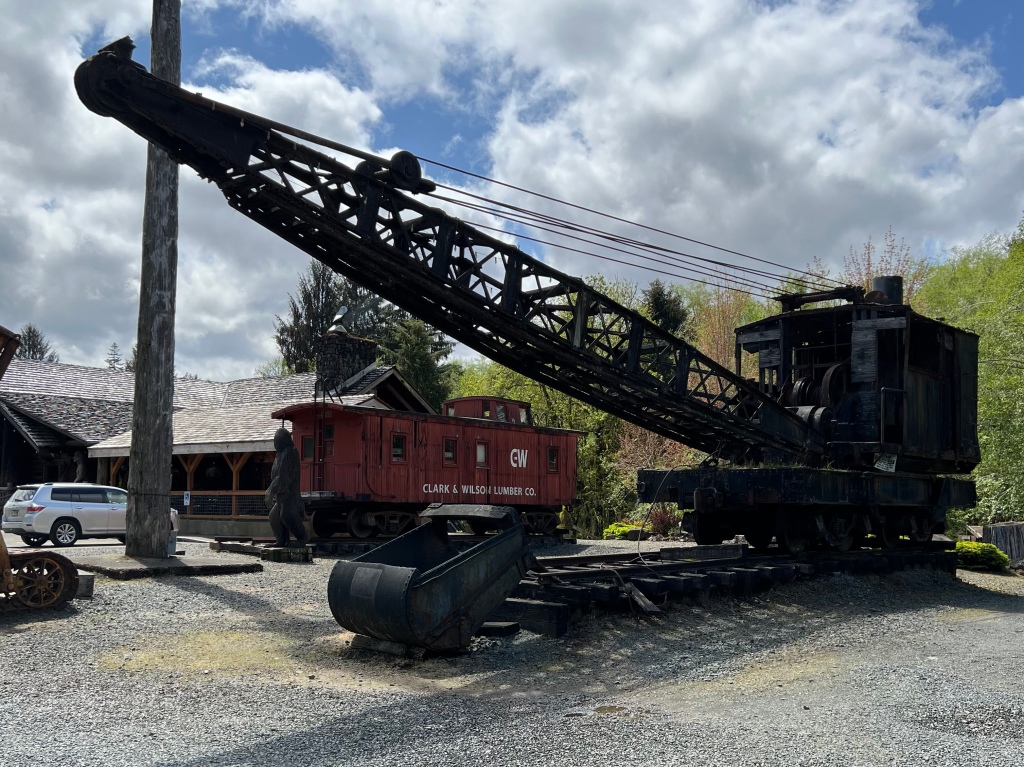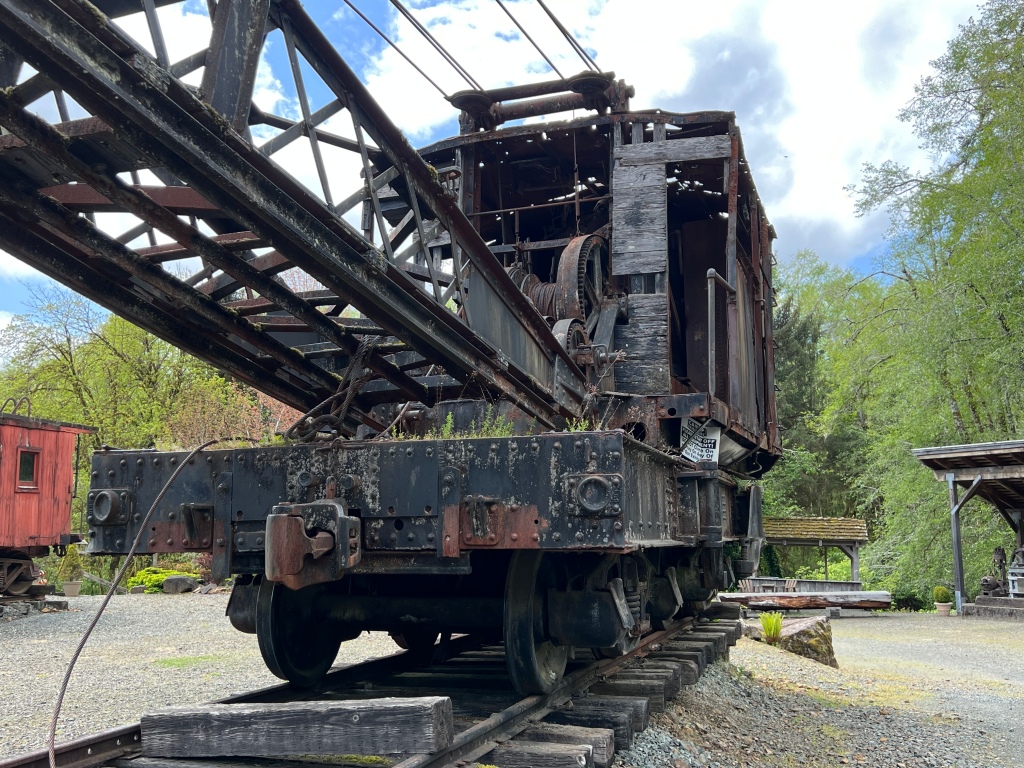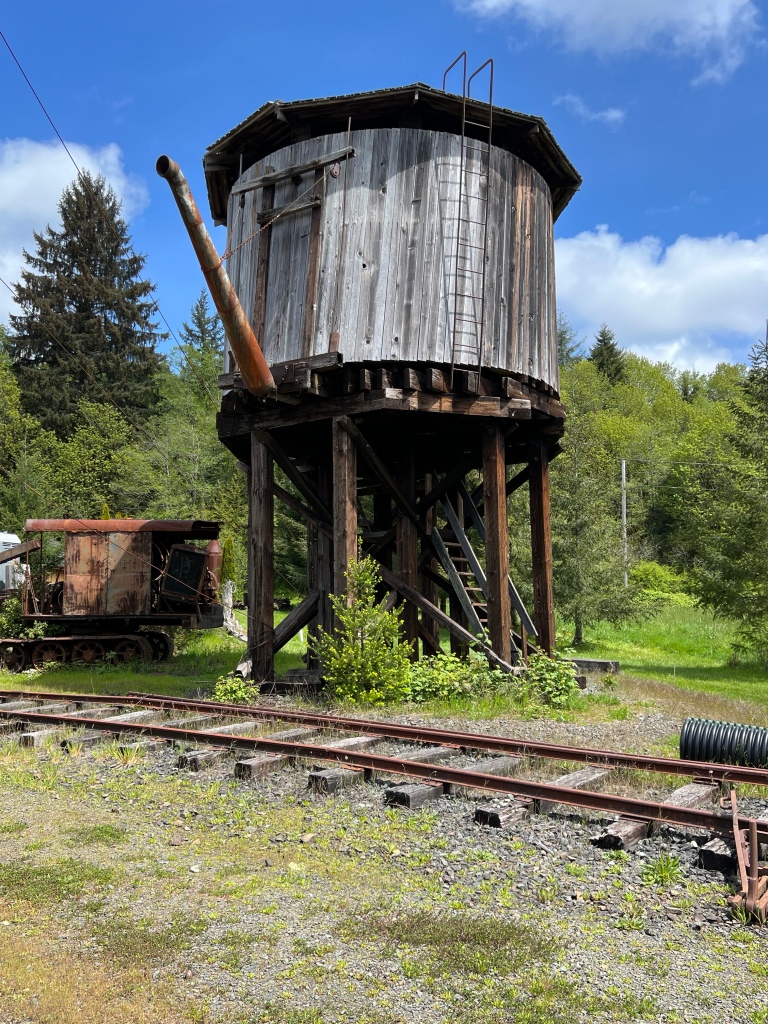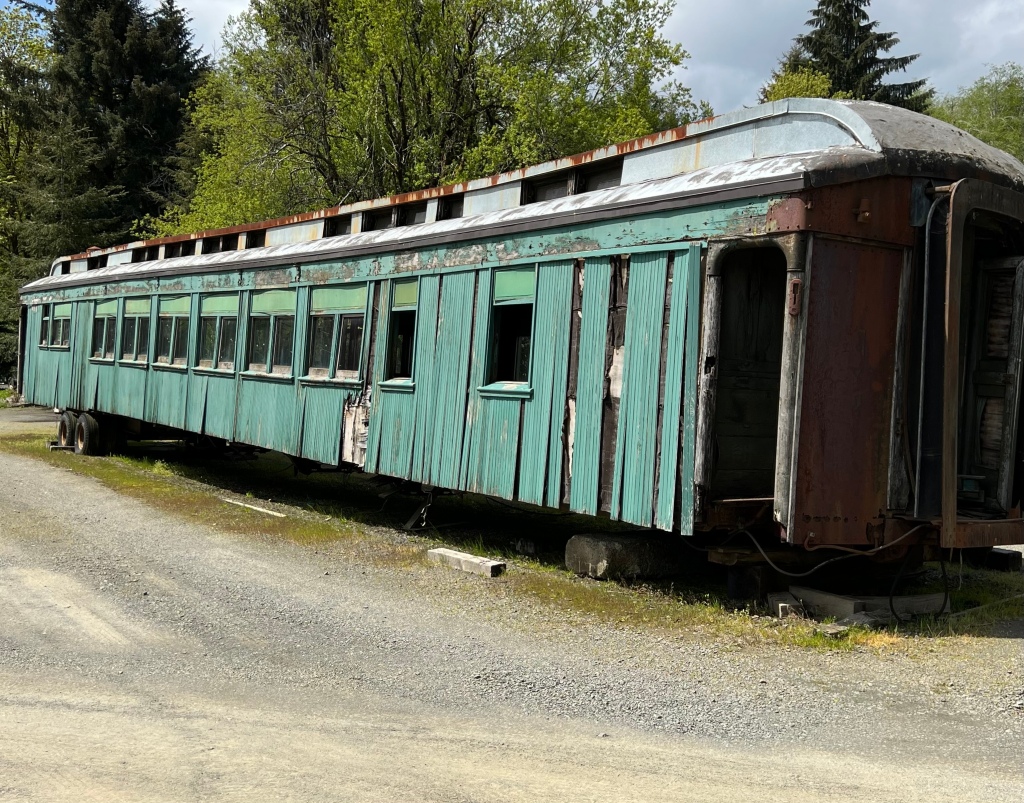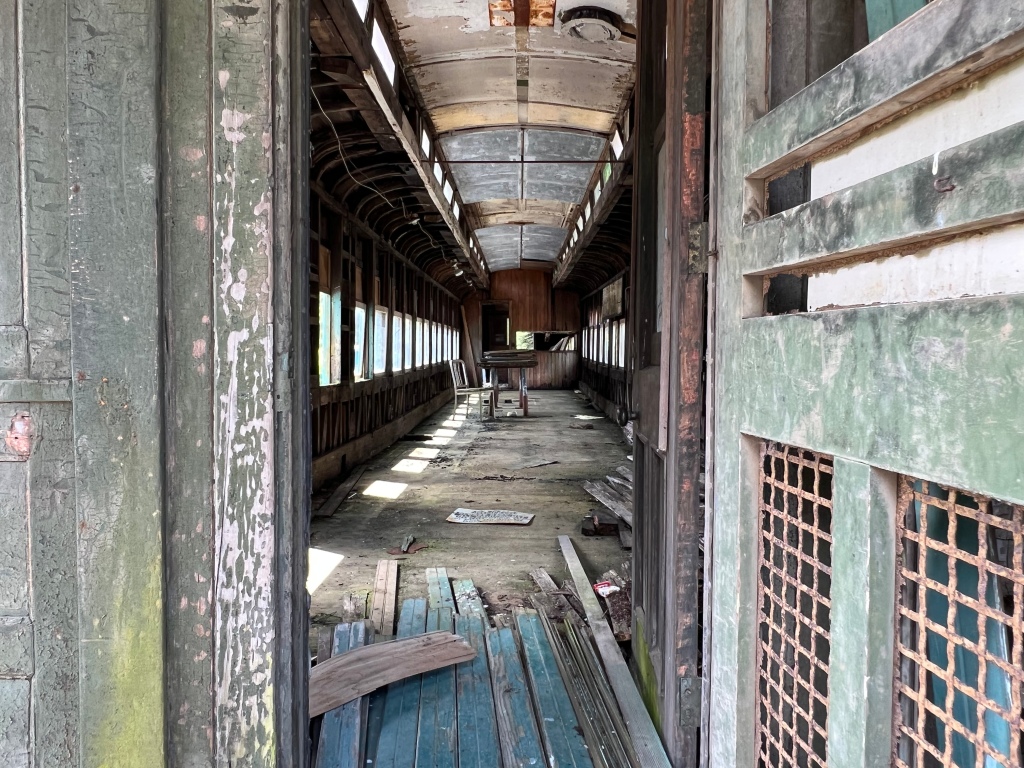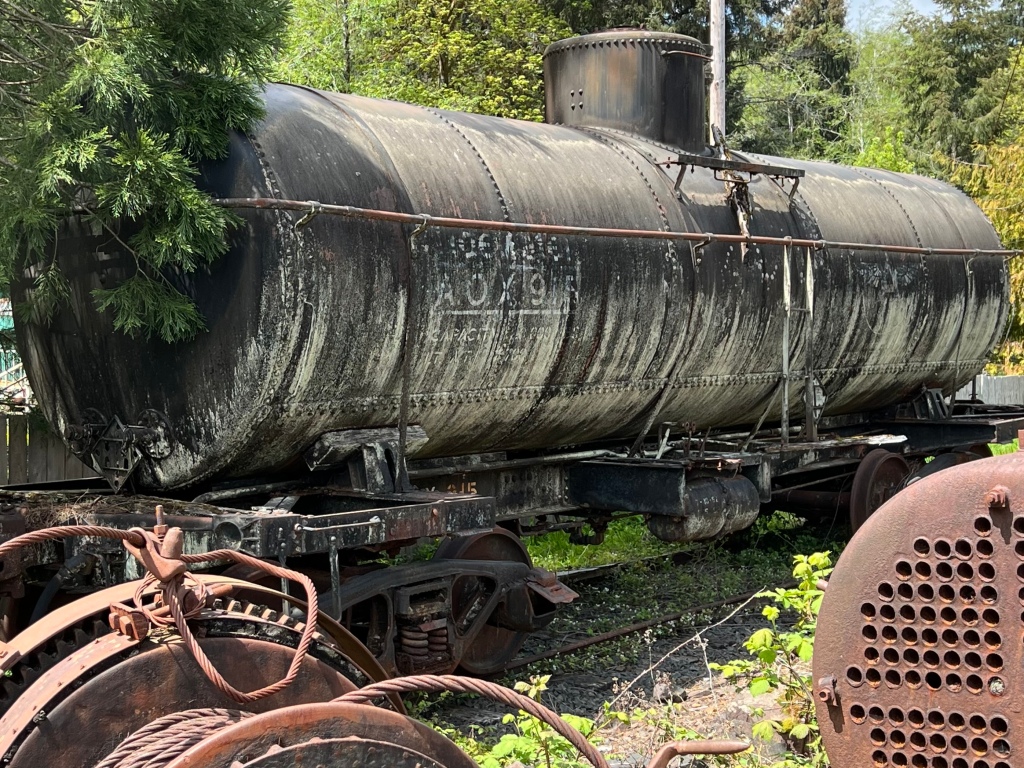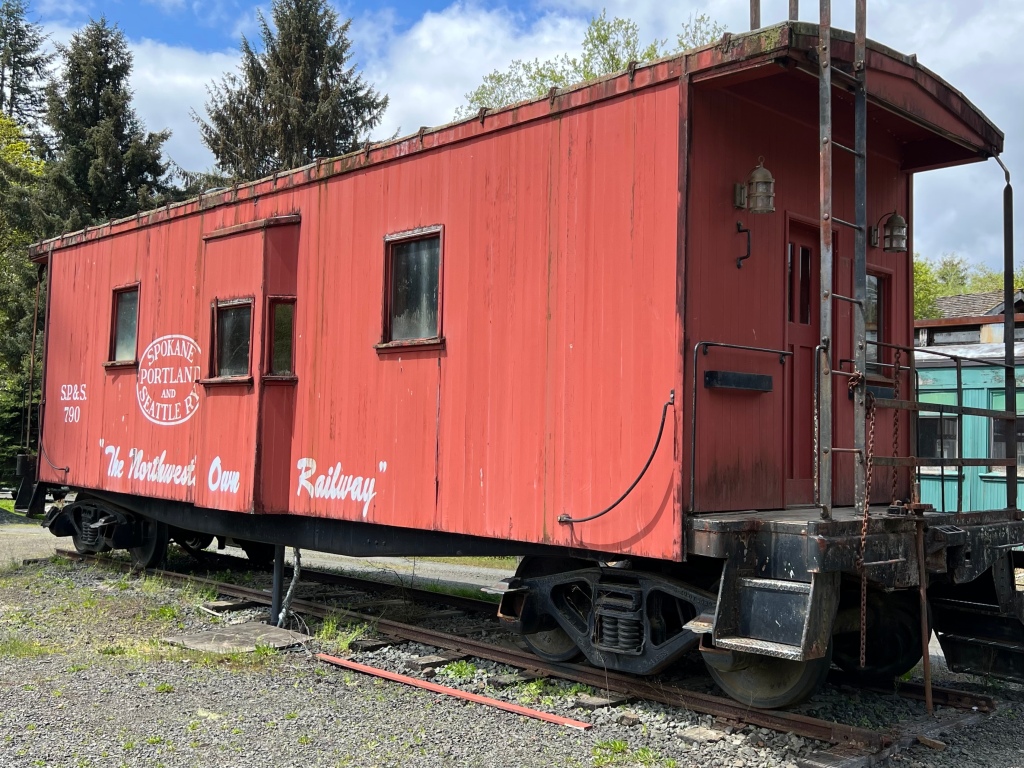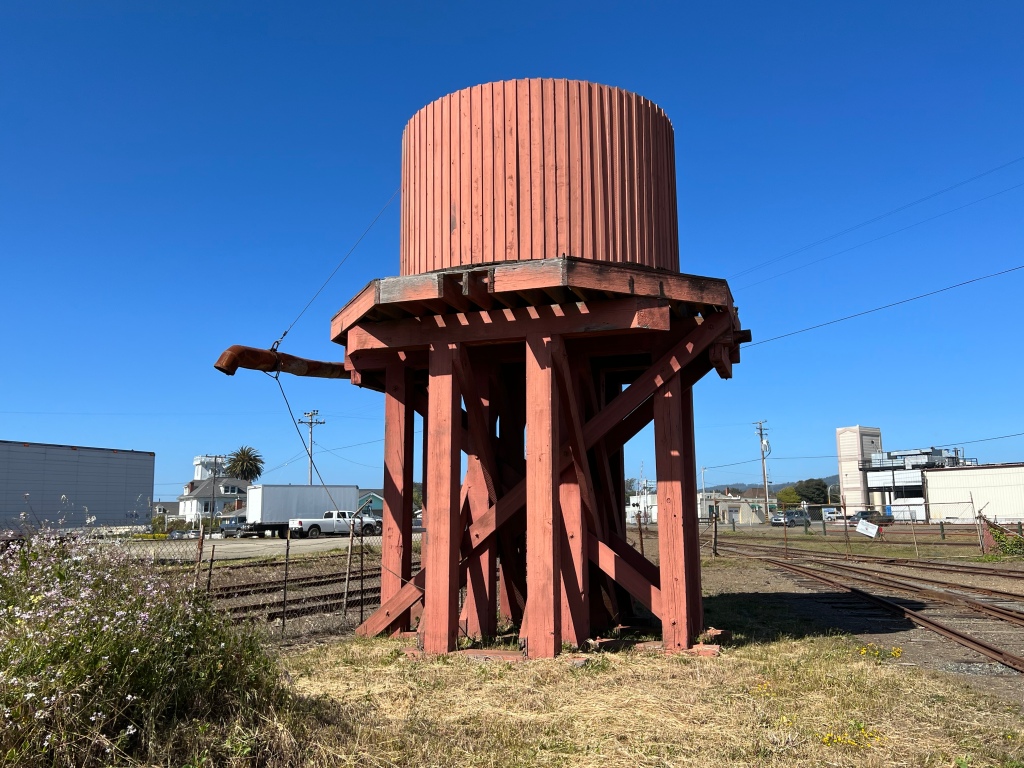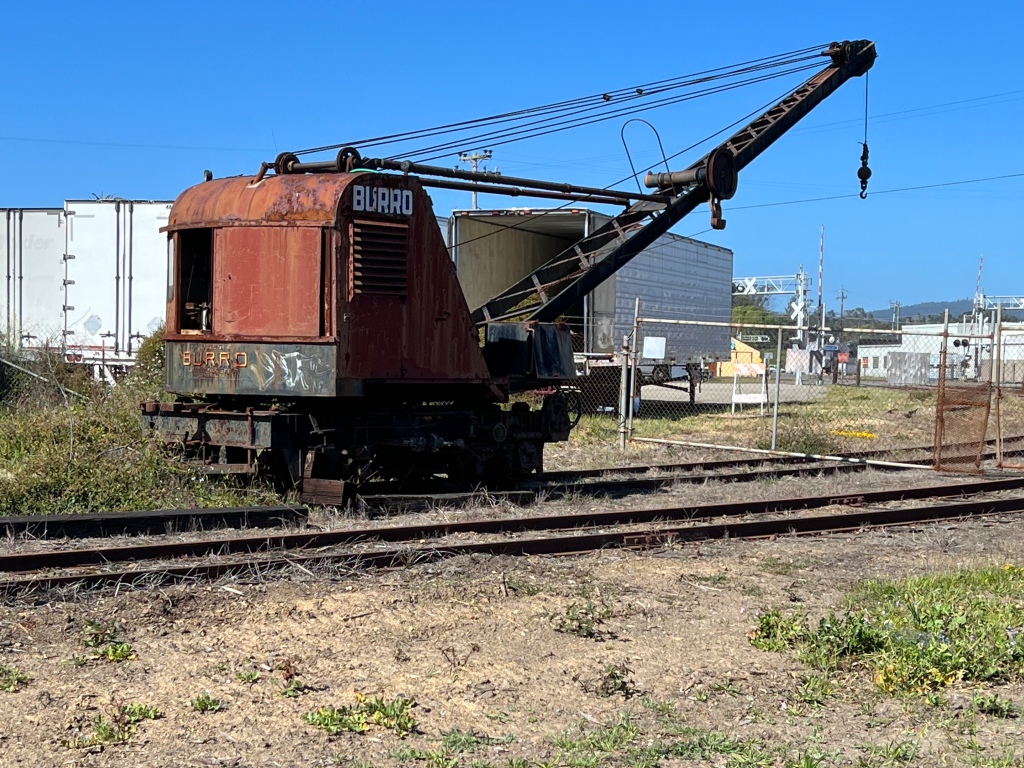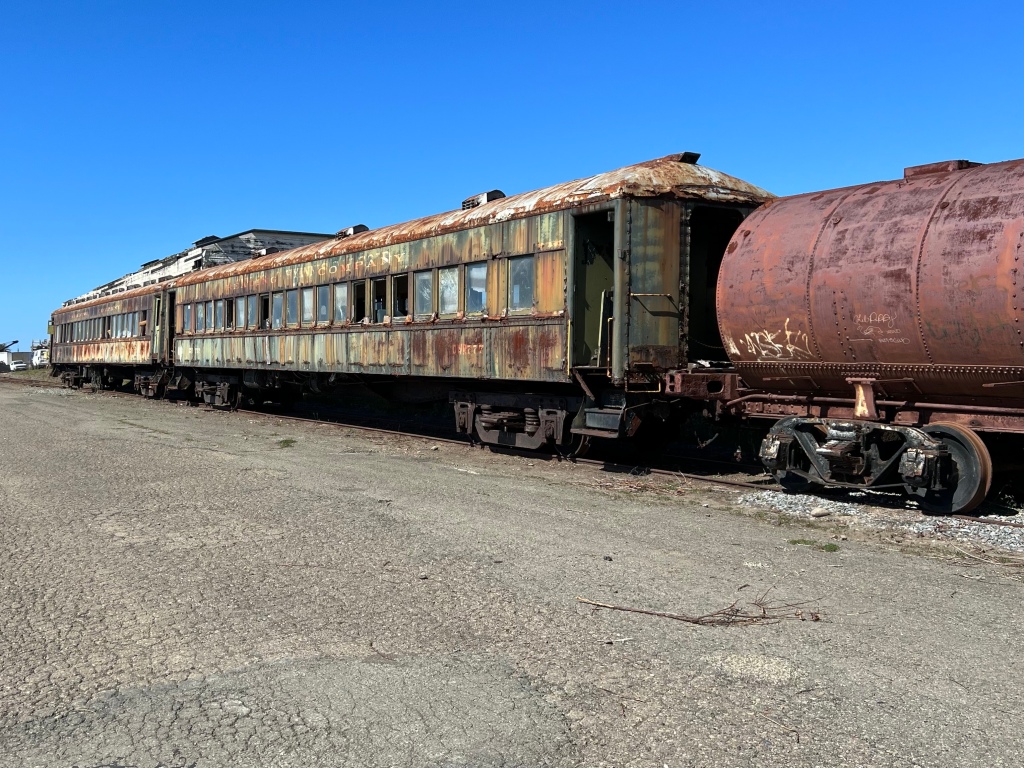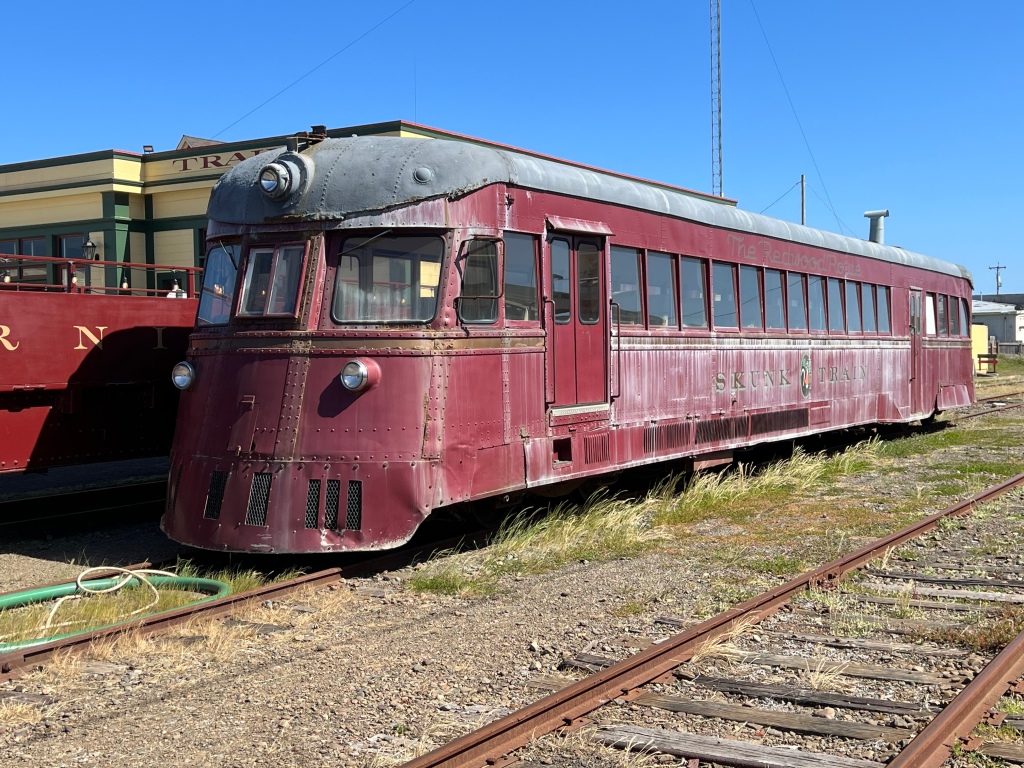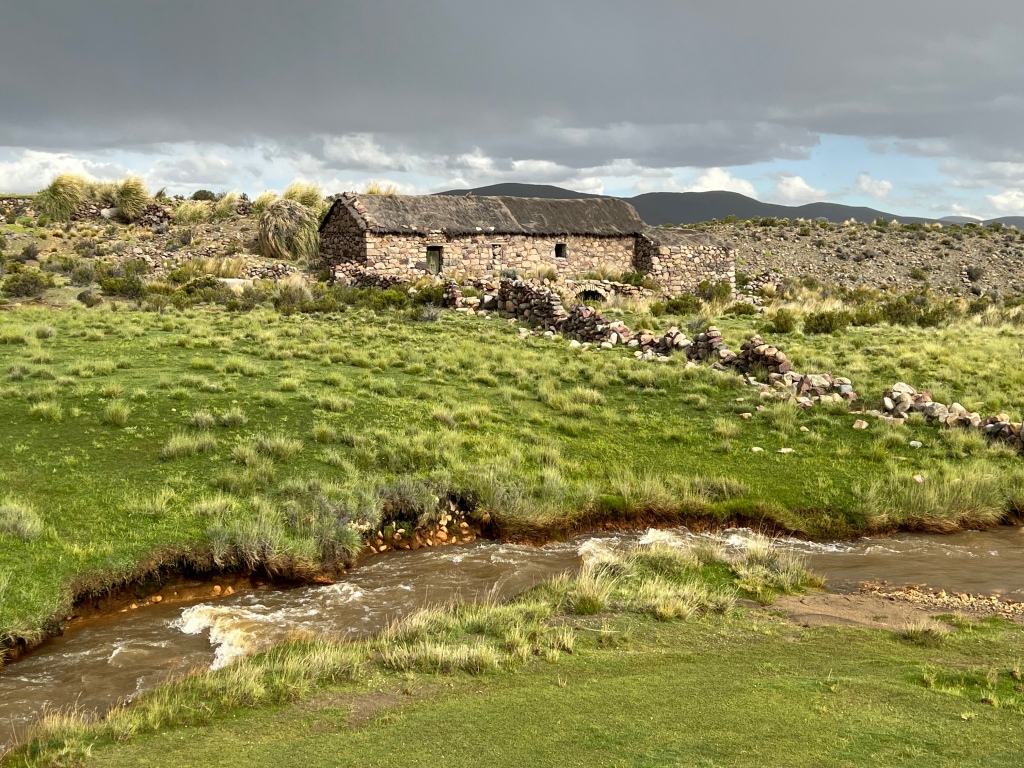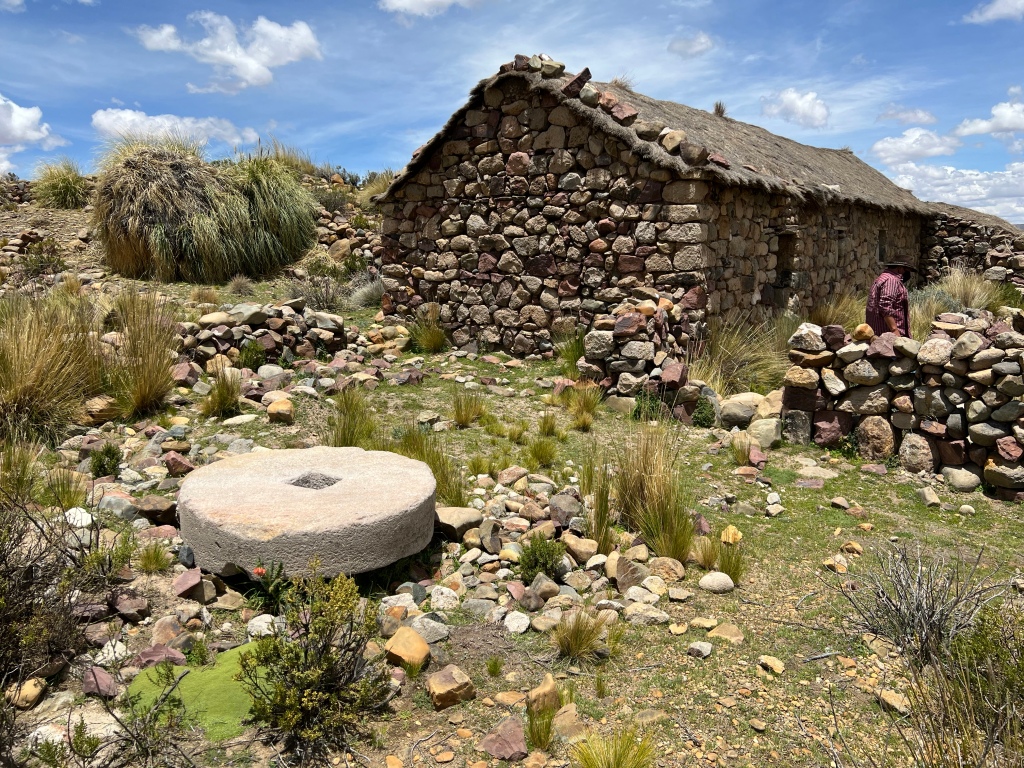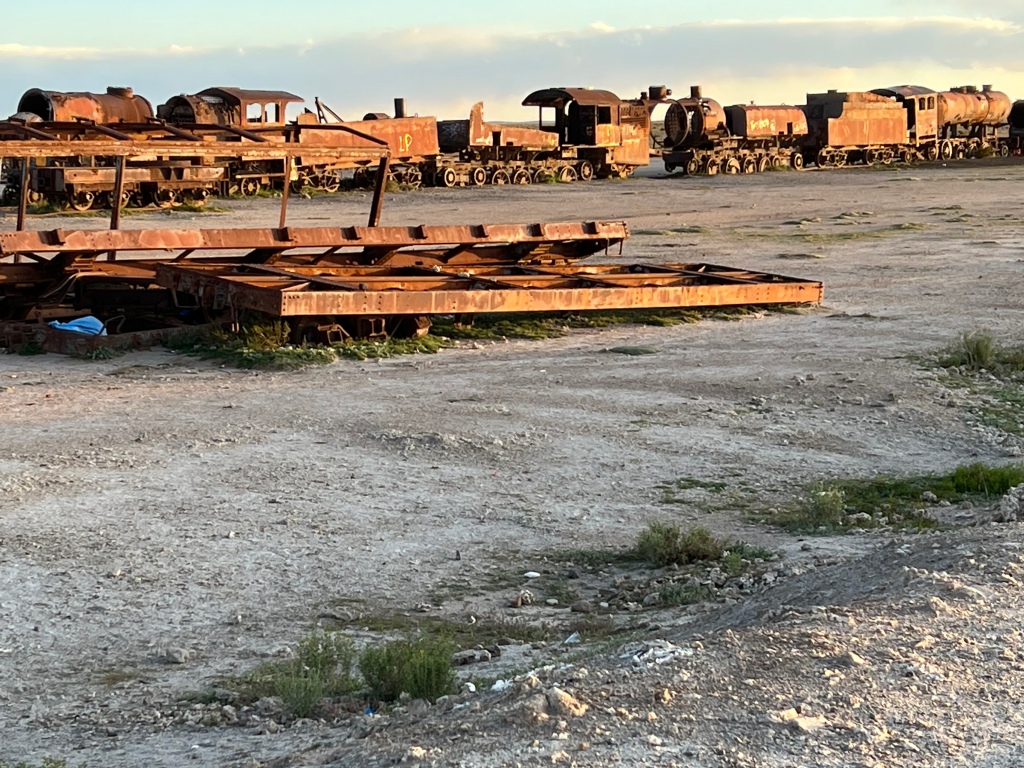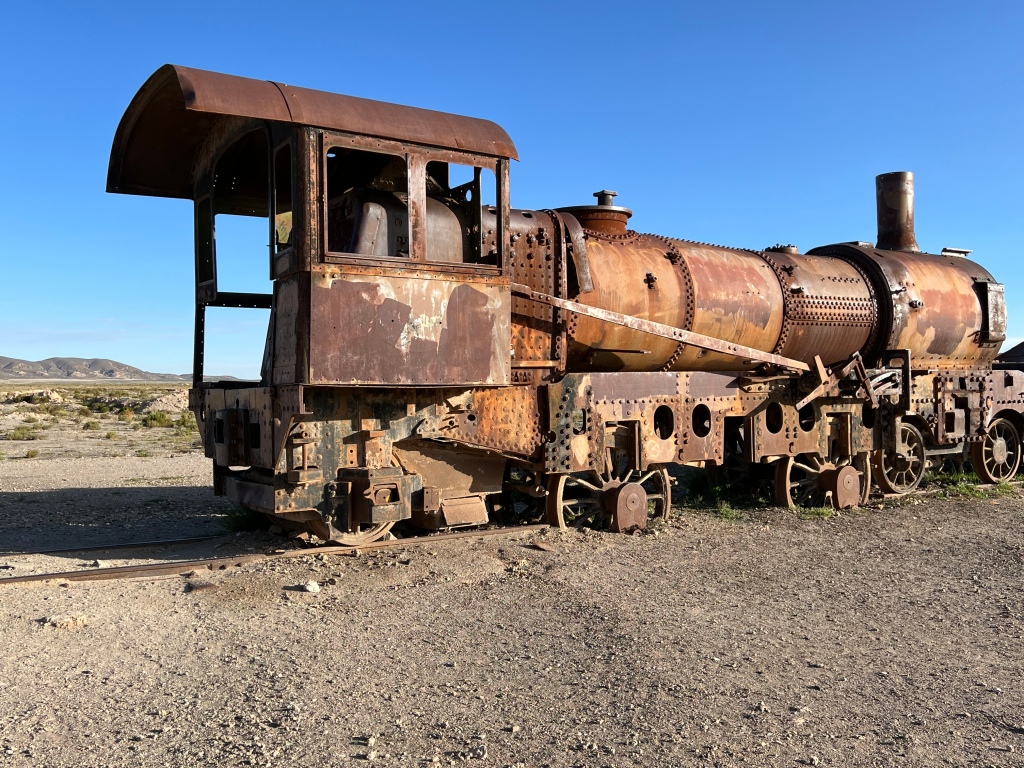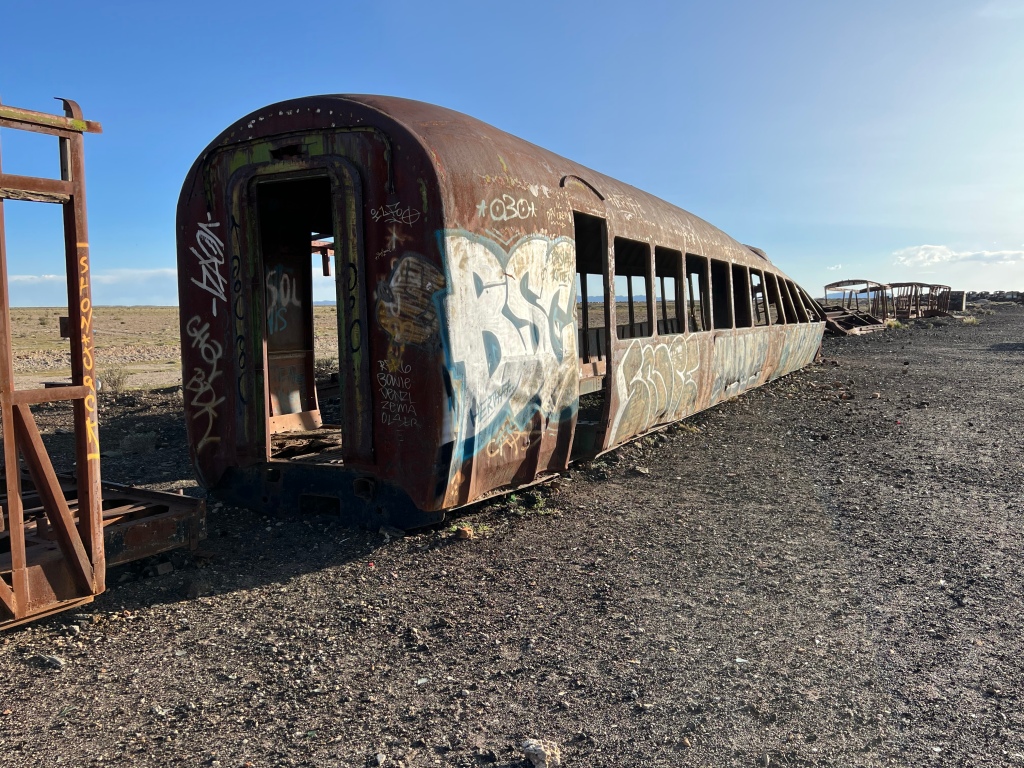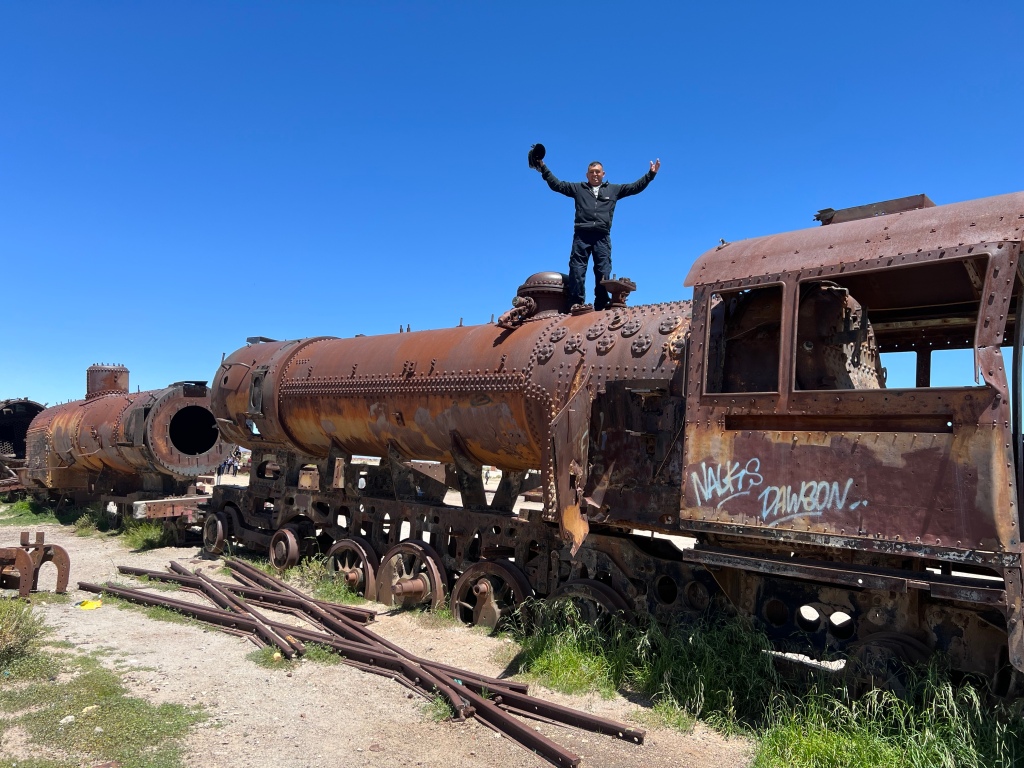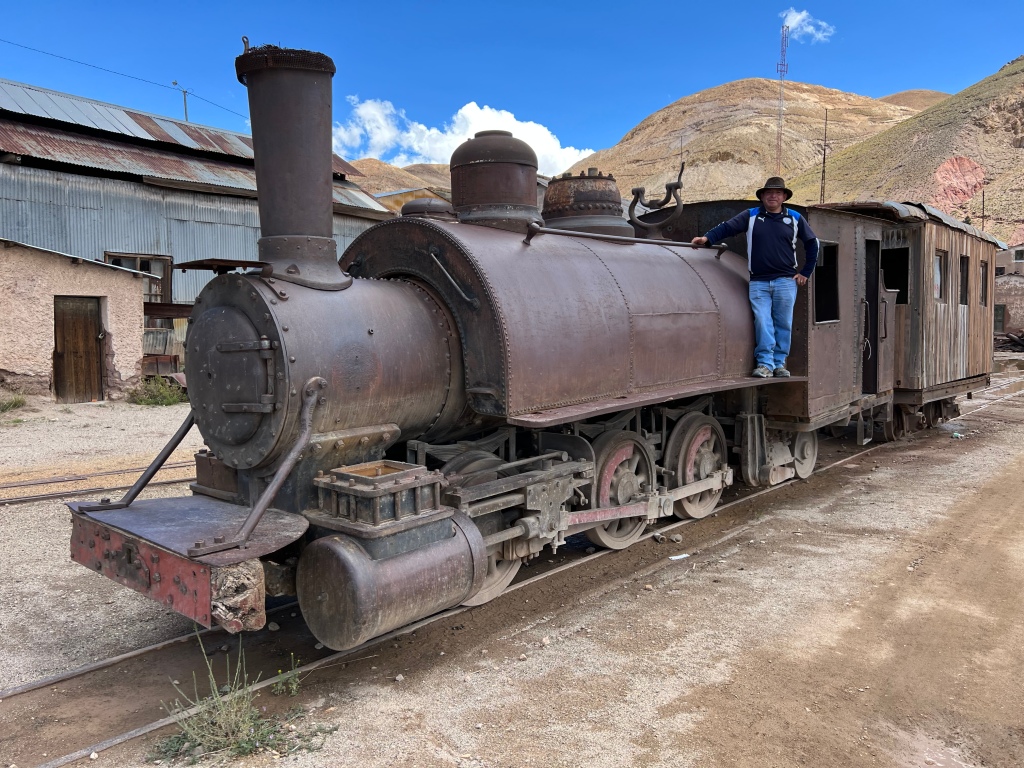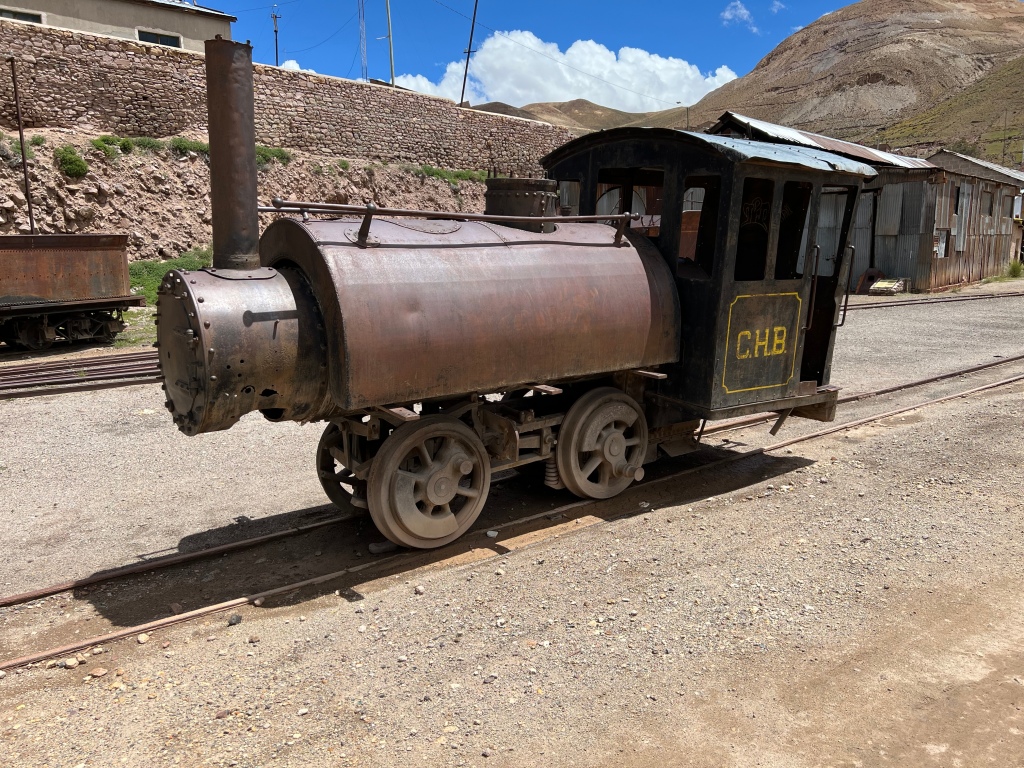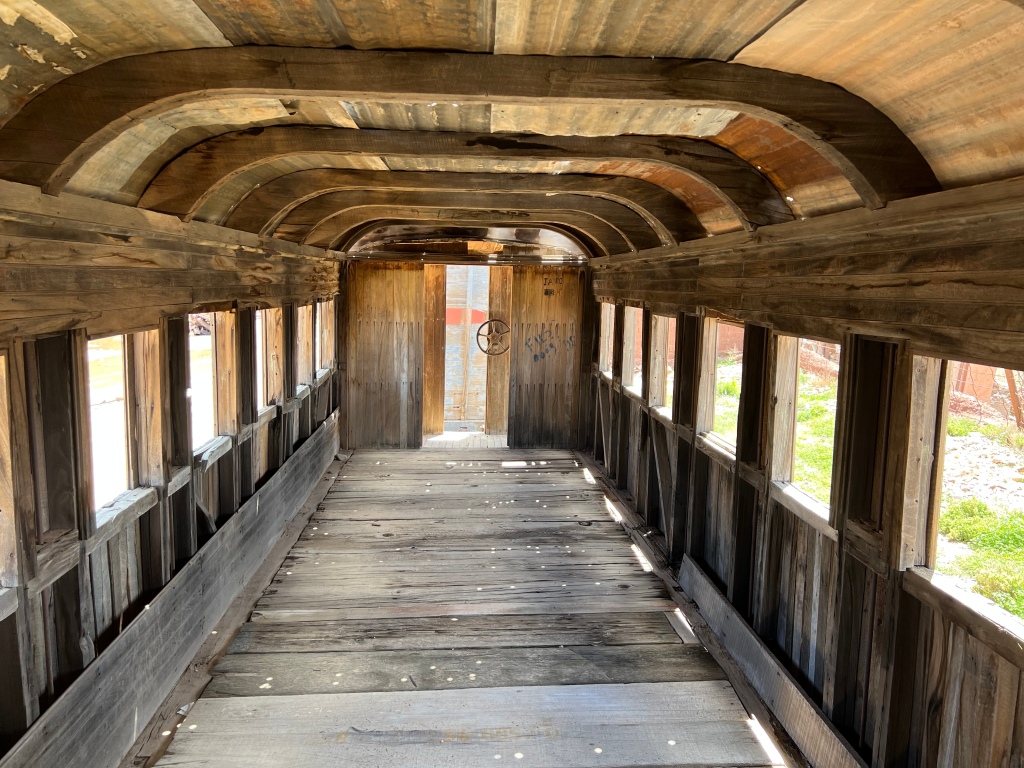When I worked for the Bureau of Reclamation, I was occasionally accused of thinking too far outside the box. But most of my ideas had the potential to be feasible.
That is not the case for recently publicized suggestions for saving the Great Salt Lake (GSL). Three are not economically and environmentally viable. The fourth is idiotic and misses the mark. These alternatives need to be discarded from serious consideration.
The most obvious of those that should be ignored include:
- Pumping ocean water to GSL using solar power (or any power for that after)
- Pumping groundwater using nuclear power
- Importing water from the Missouri/Mississippi drainage
- Constructing more dams (proposed by Utah Senator Lee)
A fourth proposal calls for more cloud seeding. This proposal can potentially increase snowpack but not enough to make a significance difference.
Improving on-farm irrigation efficiencies will only work if the “saved” water is left in the river to flow to GSL. It must be remembered that one man’s waste is another man’s water supply.
Reducing residential indoor water use only helps a little. Indoor usage is mostly nonconsumptive. After being treated it can be returned to the environment.
The only viable option is to purchase or lease agriculture water and insure the water reaches GSL.

